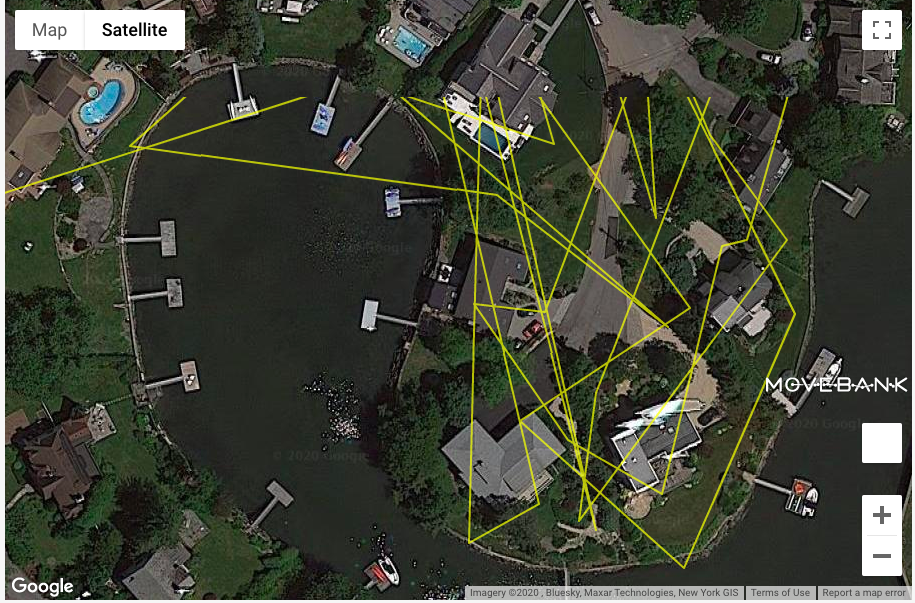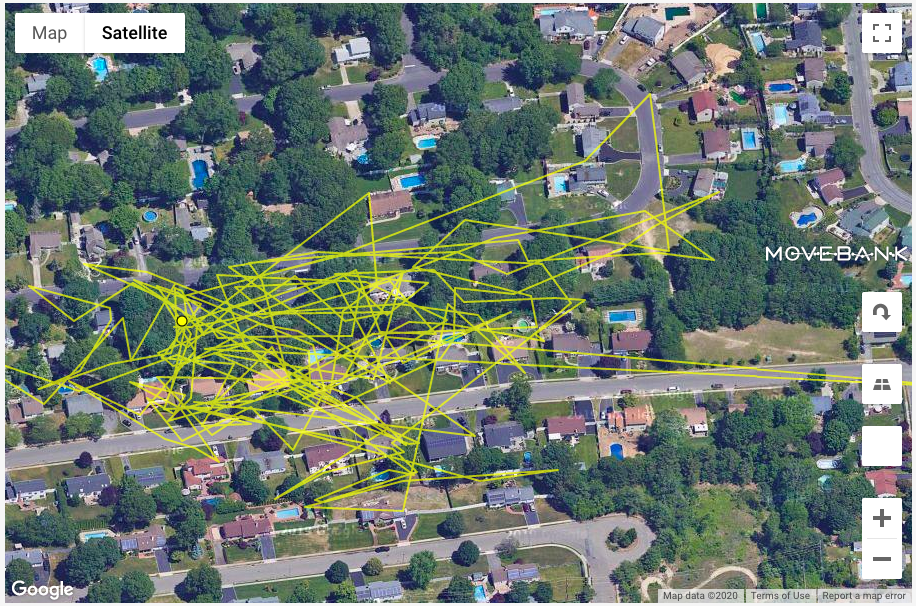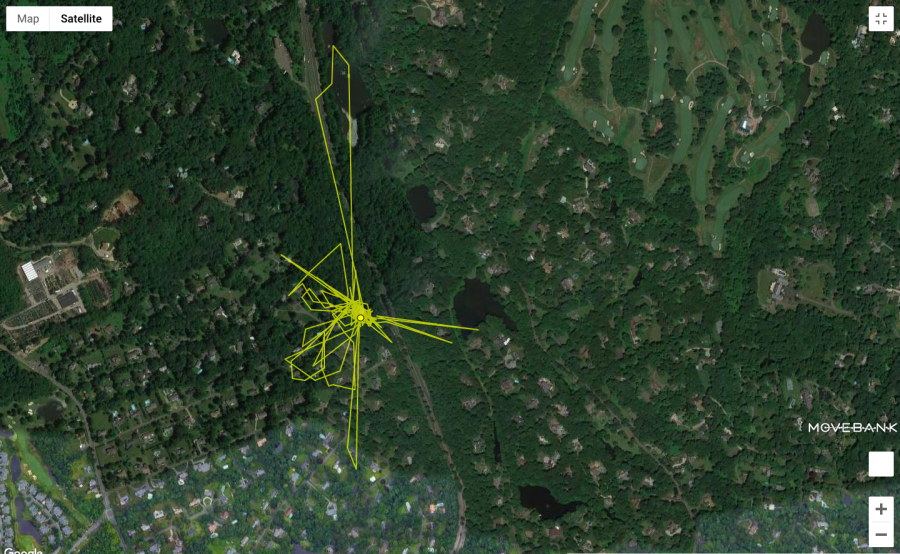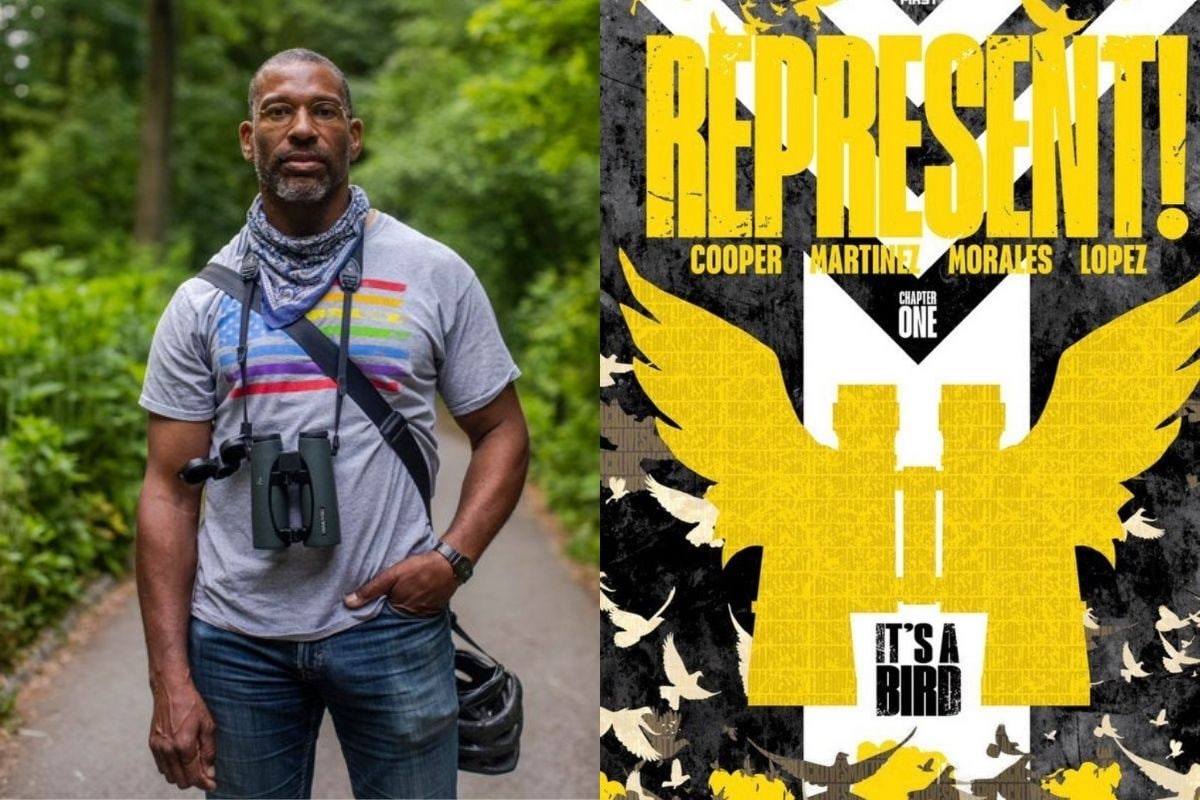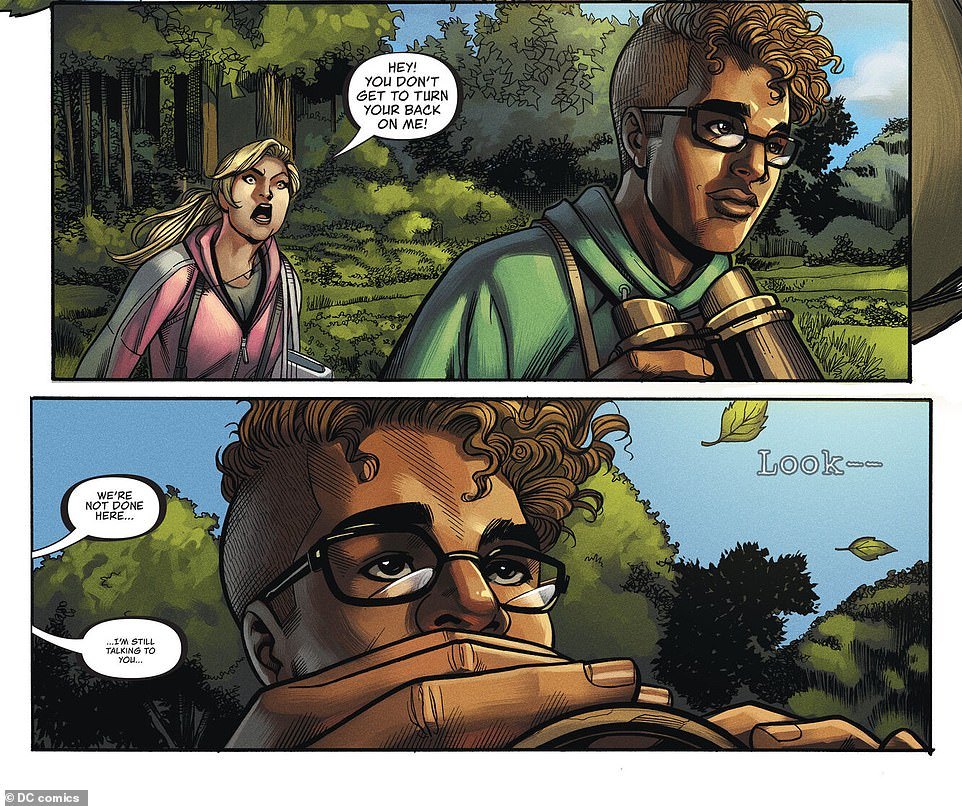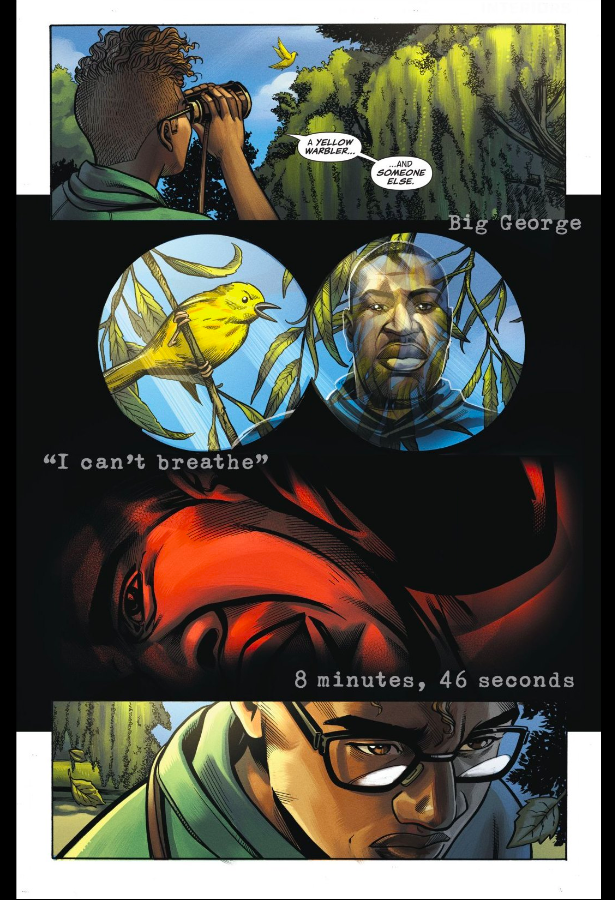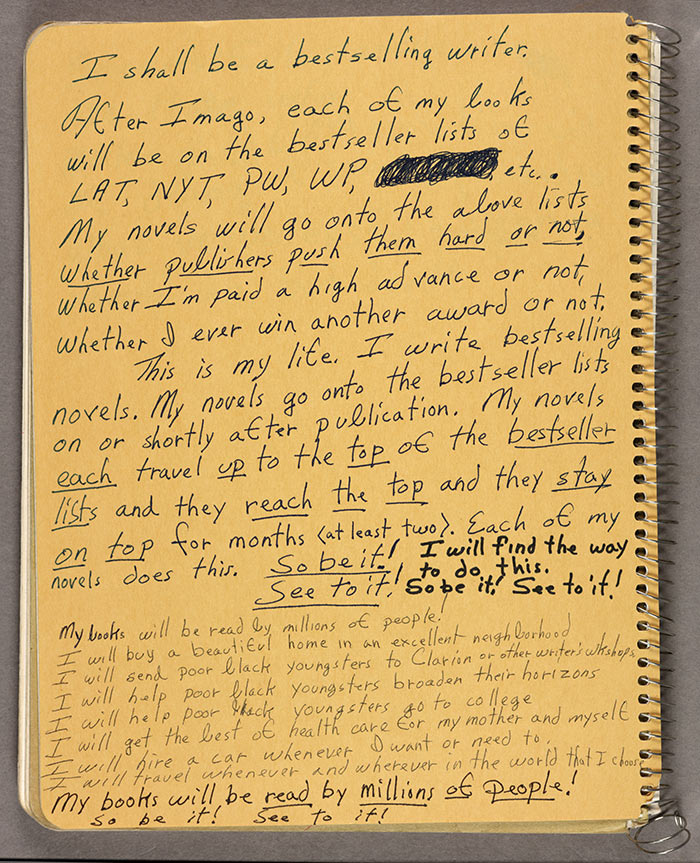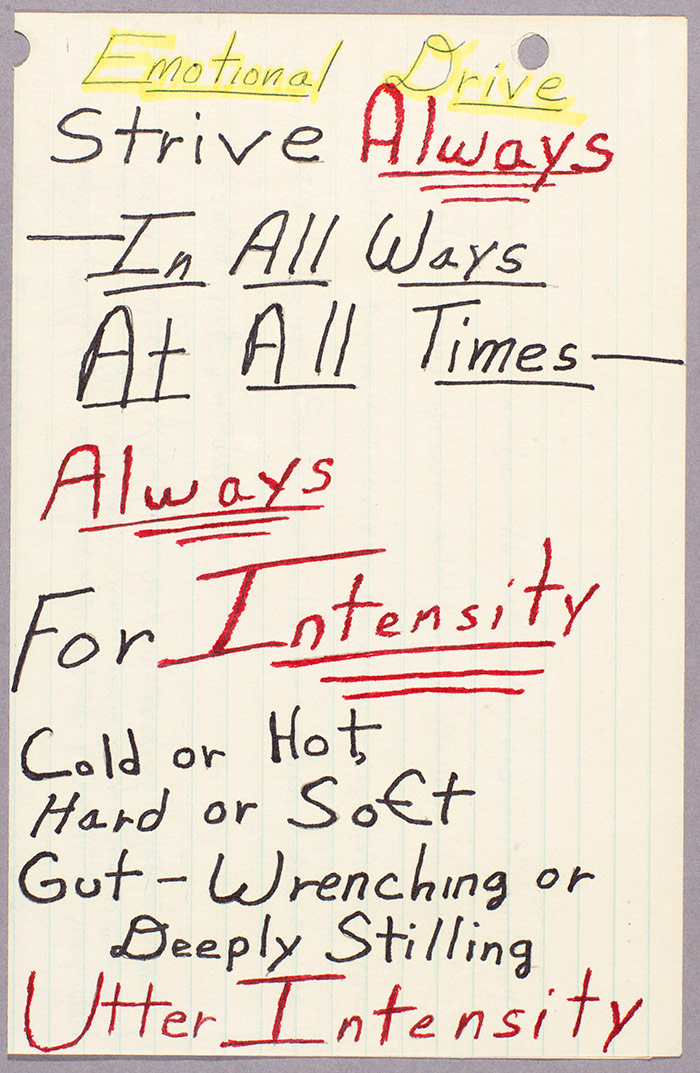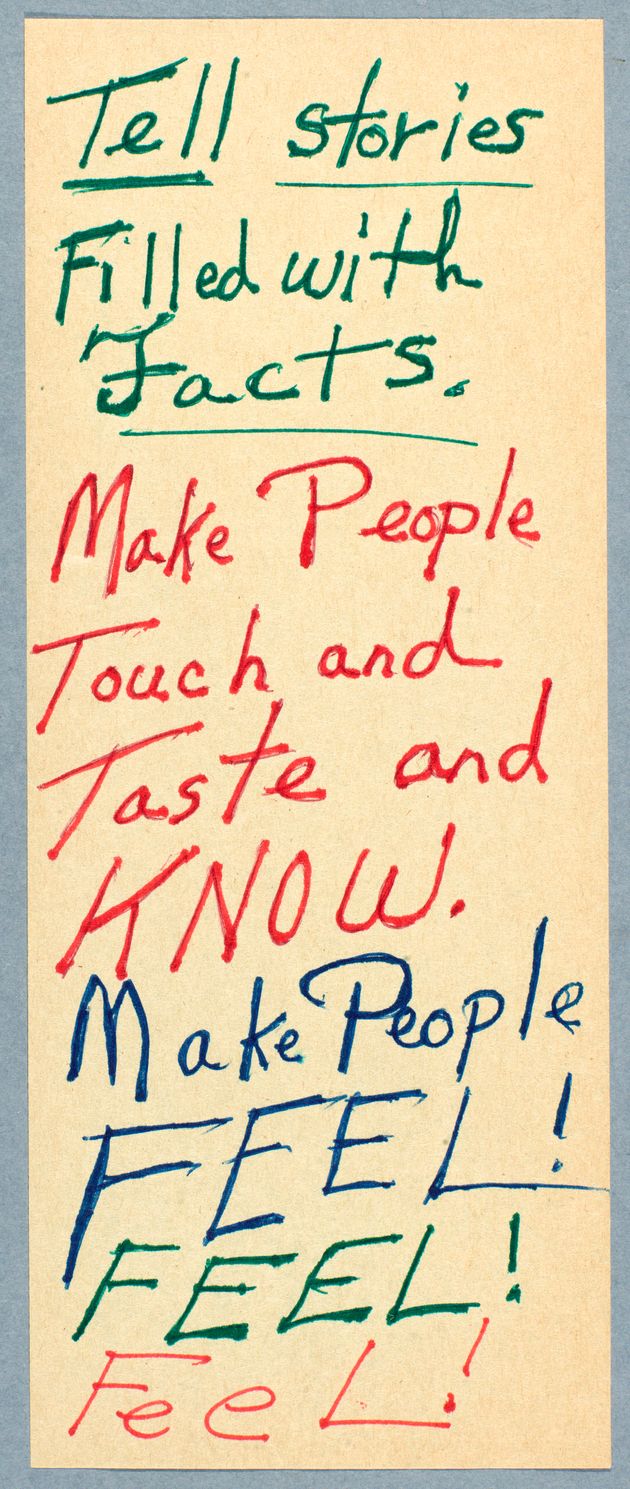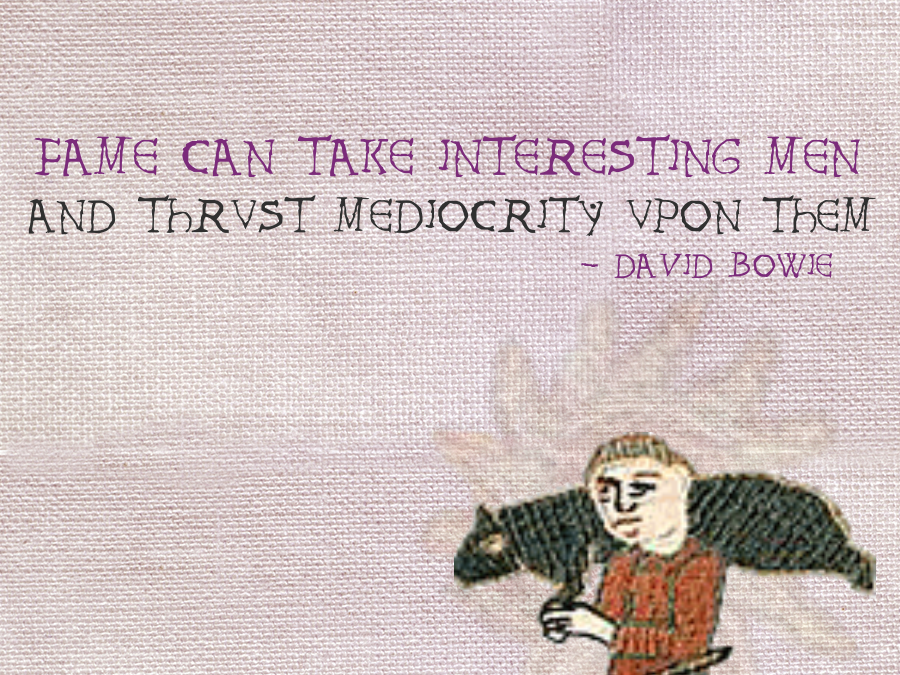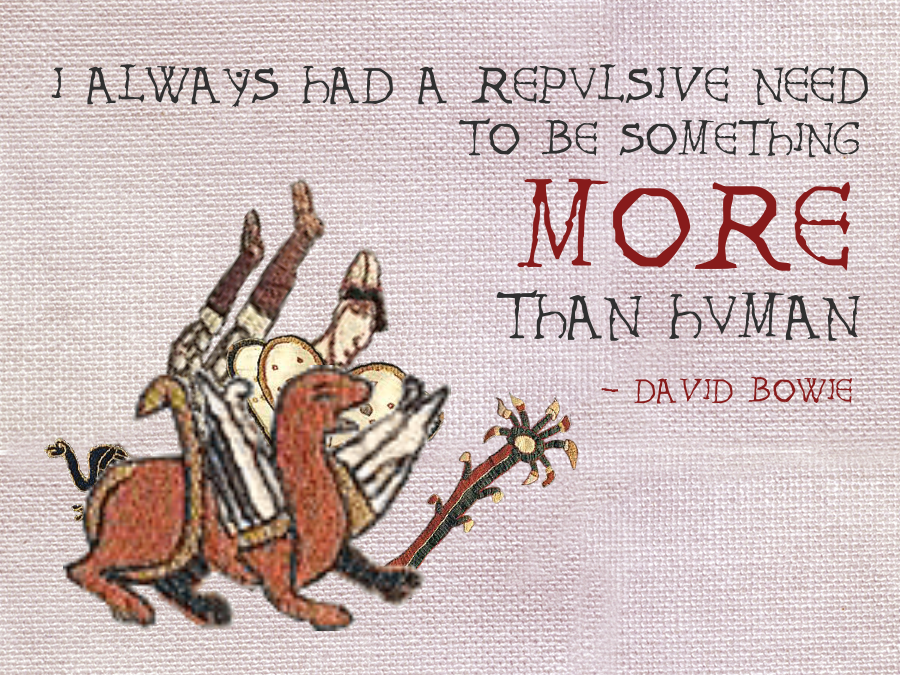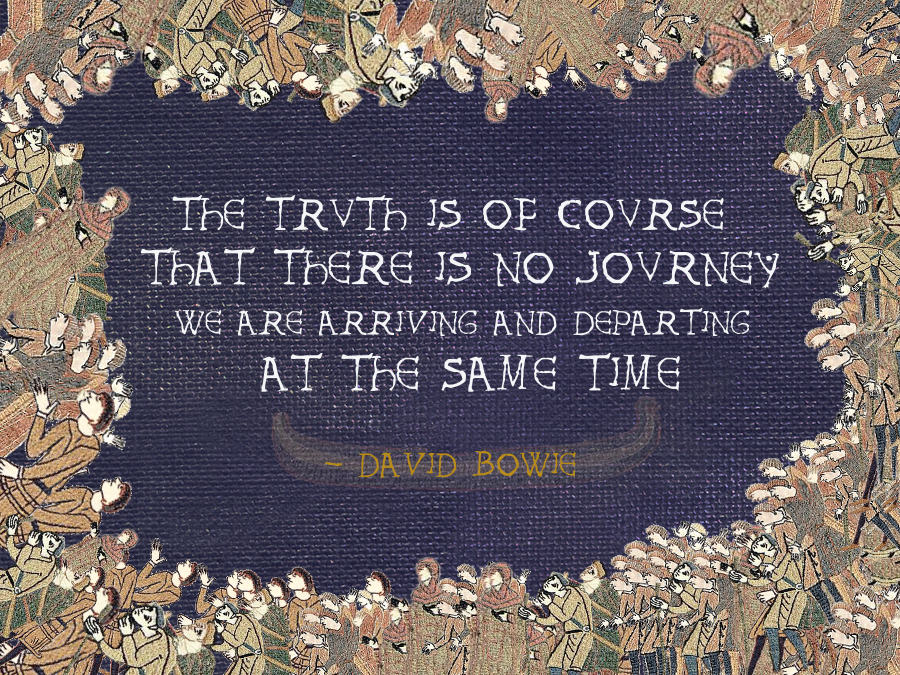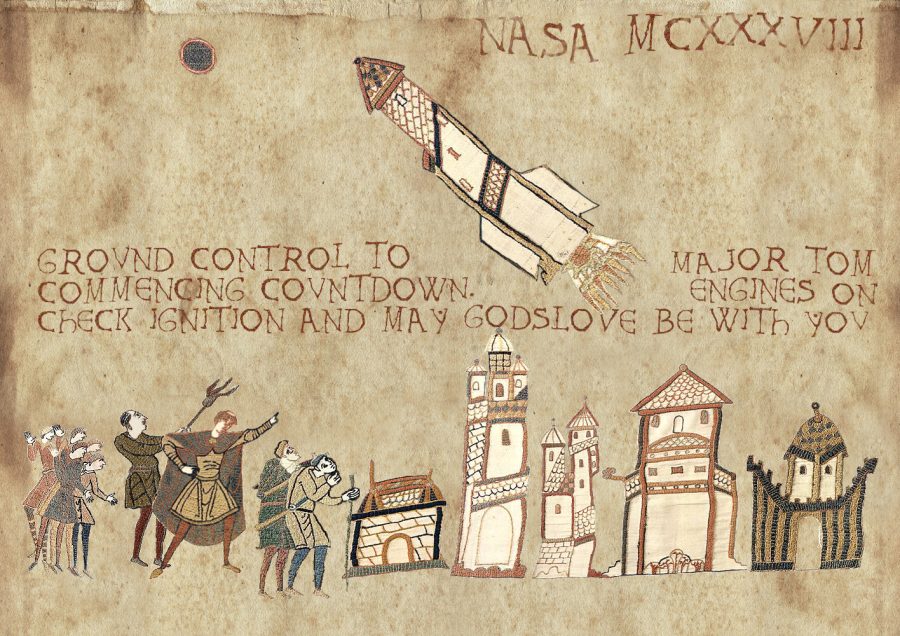Foo Fighter Dave Grohl, formerly of Nirvana, and Nandi Bushell, an Ipswich elementary schooler, have something in common besides their incredible command of the drums.
By all appearances, both seem to have benefited from being reared by grounded, encouraging parents.
Nandi, at 10, likely has a few more years under her folks’ roof despite her growing renown—she’s jammed with Lenny Kravitz, gone viral in last year’s Argos Christmas advert, and most recently, matched Grohl beat for beat in an epic drum battle, above.
Nandi demonstrated a natural rhythmic ear at an early age, bobbing along to the Teletubbies while still in diapers.
Of course, everything she’s achieved thus far can be considered to have occurred at an early age.
On the other hand, it was half a lifetime ago when her father, a software engineer and self-described “massive music fan” introduced the then-5-year-old to “Hey, Jude,” as part of a weekly tradition wherein he makes pancakes with his children while sharing YouTube links to favorite songs.
She was immediately taken with Ringo Starr, and the joy he exuded behind his kit.
Shortly thereafter, she passed a math exam, earning a trip to Toys “R” Us to pick out a promised treat. Her eye went immediately to a £25 kiddie drum set.
The plastic toy was a far cry from the professional kit she uses today, but she’s shown herself to be adaptable in a recent series of video tutorials for Daniel Bedingfield’s “Gonna Get Through This,” encouraging viewers who lack equipment to bang on whatever’s handy—colanders, pot lids, biscuit tins… She recommends kebab skewers tipped with cellophane tape for the stickless.
Her YouTube channel definitely reveals a preference for hard rock.
Her father, John, dislikes playing publicly, but occasionally accompanies her on guitar, hoping she’ll grow accustomed to playing with other people.
Documenting his daughter’s performances lies more within his comfort zone as he told Drum Talk TV in a very glitchy, early-pandemic virtual interview. Asked by host Dan Shinder to share tips for other parents of young drummers, particularly girls, he counsels exposing them to as many musical genres as possible, nurturing their desire to play, and resolving to have as much fun as possible.
It’s clear that Nandi is having a ball twirling her sticks and whaling on the drum part of Foo Fighters’ hit “Everlong,” in a video uploaded last month.
Grohl got wind of the video and the challenge contained therein.
He took the bait, responding with an “epic” video of his own, playing a set of drums borrowed from his 11-year-old daughter:
I haven’t played that song since the day I recorded it in 1997, but Nandi, in the last week I’ve gotten at least 100 texts from people all over the world saying ‘This girl is challenging you to a drum-off, what are you going to do?’
Look, I’ve seen all your videos. I’ve seen you on TV. You’re an incredible drummer. I’m really flattered that you picked some of my songs… and you’ve done them all perfectly. So today, I’m gonna give you something you may not have heard before. This is a song called “Dead End Friends” from a band called Them Crooked Vultures… now the ball is in your court.
(Fast forward to the final thirty seconds if you want to see the ultimate in happy dances.)
The young challenger calls upon the rock Gods of old—Bonzo, Baker, Peart, Moon—to back her side for “THE GREATEST ROCK BATTLE IN THE HISTORY OF ROCK!!!”
(In addition to drum lessons, and participation in the Ipswich Rock Project and junior jam sessions, it looks like her acting classes at Stagecoach Performing Arts Ipswich are so paying off.)
Five days after Grohl threw down his gauntlet, she’s back on her drum throne, clad in a preteen version of Grohl’s buffalo check shirt and black pants, her snare bearing the legend “Grohl rocks.”
That sentiment would surely please Grohl’s mother, Virginia, author of From Cradle to Stage: Stories from the Mothers Who Rocked and Raised Rock Stars.
A born entertainer in his mother’s opinion, Grohl didn’t take up music until he was around the age Nandi is now, after which it monopolized his focus and energy, leading to a disastrous 6th grade report card.
Rather than freaking out about general education dips, Virginia, a public school teacher, was supportive when the opportunity arose for him to tour Europe at 17 with the Washington, DC band Scream after the departure of drummer Kent Stax.
Wise move. Her son may be a high school drop-out, but he’s using his fame to shine a spotlight on the concerns of teachers, who are essential workers in his view. Check out his essay in The Atlantic, in which he writes that he wouldn’t trust the U.S. Secretary of Percussion to tell him how to play “Smells Like Teen Spirit” if they had never sat behind a drum set:
It takes a certain kind of person to devote their life to this difficult and often-thankless job. I know because I was raised in a community of them. I have mowed their lawns, painted their apartments, even babysat their children, and I’m convinced that they are as essential as any other essential workers. Some even raise rock stars! Tom Morello of Rage Against the Machine, Adam Levine, Josh Groban, and Haim are all children of school workers (with hopefully more academically rewarding results than mine).
He’s also leaving time in his schedule for another drum battle:
Watch more of Nandi Bushell’s drum and guitar covers on her parent-monitored YouTube channel.
Related Content:
The Fundamentals of Jazz & Rock Drumming Explained in Five Creative Minutes
The Case for Why Ringo Starr Is One of Rock’s Greatest Drummers
The Neuroscience of Drumming: Researchers Discover the Secrets of Drumming & The Human Brain
Ayun Halliday is an author, illustrator, theater maker and Chief Primatologist of the East Village Inky zine. Follow her @AyunHalliday.
